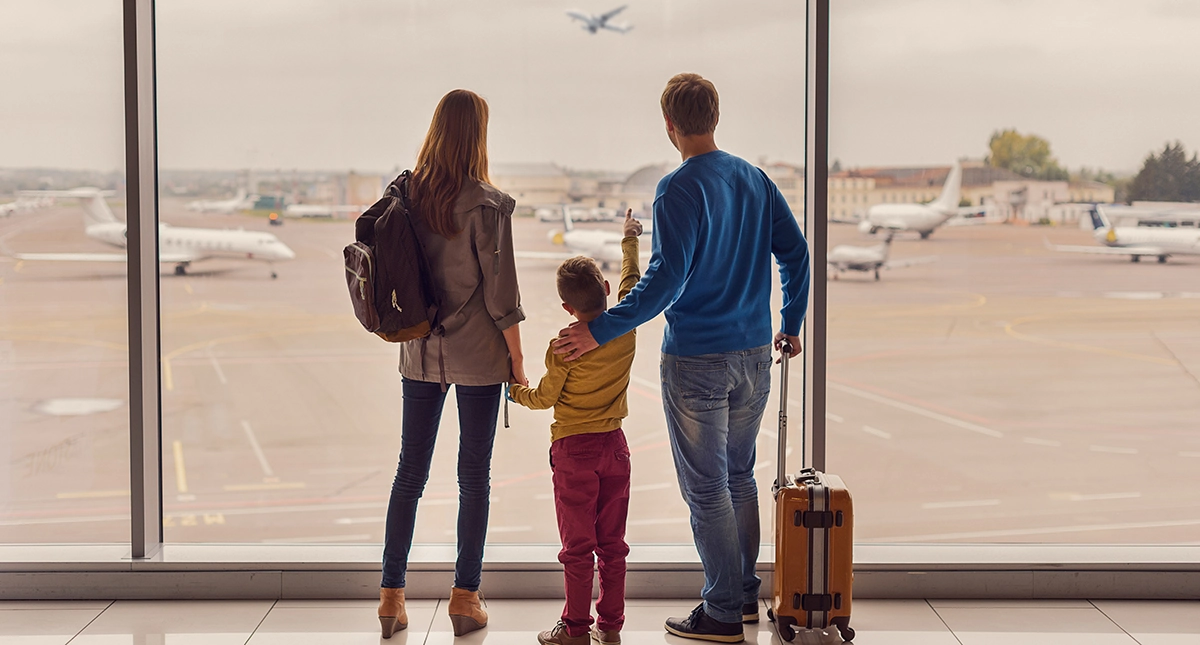
Airlines are going through tough times. Busier than ever for all the wrong reasons, customer service teams can’t seem to catch a break. Instead of selling holidays, flights, and add-ons, they’re dealing with cancellations and lost baggage as well as refund claims and complaints. None of which is revenue-generating or necessarily loyalty building. With school holidays, COVID checks, and possible industrial action on the horizon that extra workload isn’t going away any time soon. Yet, it could be different. Rather than struggle to attract and train new hires, better digital contact centre solutions, more beneficial and less balance sheet burdensome, are easily available.
Better customer and employee engagement
It will take some time before the airline industry returns to pre-pandemic levels, with Bain forecasting 2025 and others not predicting recovery until 2030. With passenger choice limited on specific routes, airlines may be tempted to deprioritise customer experience (CX) and employee experience (EX) and focus instead on margins and efficiencies. However, that would mean staking brand and customer loyalty values
Why take the risk? Especially when there’s a smarter approach close at hand. Most low-cost operators were born digital, while legacy full-service carriers have been heading in that direction for some time. Yet, as they’ve since discovered, there’s a right and wrong way to do digital.
Unlike callers, chat users seldom abandon
Take messaging. Many operators went down the synchronous route with WhatsApp or other live person-to-person chat tools. During the travel crisis, they saw vastly different behaviours, often with duplicate contacts. Customers would keep conversations active and sit in queues for up to 24 hours. By the time an advisor responded fares might have increased, generating more complaints. At that point the only option is to stop offering messaging because they can’t resource demand.
Airline operators with asynchronous solutions like Web Messaging fared better. Even more so with a chatbot in front that intelligently triaged and quickly connected customers to the best self-serve option or an advisor for a specific need.
One Genesys customer cut their backlog of open flight tickets by 40% and added 20% additional rebookings in just four months. They have shorter, controllable queues and no longer pay spiralling credit costs as they did with their old chat solution. Before, they battled bad demand (customers messaging without attempting to self-serve). Now, 40% of customers use digital channels, releasing advisors to handle complex and emotional calls effectively, professionally, and empathetically.
Preparing CX and EX for take-off
However – and this is key to accelerating the airline industry’s recovery – digital needs to be applied holistically and not merely as a point solution or sticking plaster. Genesys refers to this as Experience as a Service (EaaS), a people-centric framework that enables contact centres to operationalise and measure empathy.
EaaS offers airlines all the benefits of a single cloud platform that unifies customer and agent experiences across phone, email, chat, text, mobile apps, websites, and social channels. Plus, powerful analytics and artificial intelligence (AI) tools uncover issues and opportunities to:
- Listen not just to what customers tell you, but also how they’re feeling
- Understand and predict what they want based on their behaviour
- Act by connecting them to the right agent or self-service resource, first time, every time
- Learn from all interaction outcomes and continuously improve
An example of airline EaaS would be initially leveraging data to predict the customer’s intent. Should their travel situation subsequently change a simple rebooking service offered via a voice or chatbot, will keep them informed every step through async messaging. All proactively managed end-to-end with zero advisor involvement.
Think big
Smart operators intimately know their customer journeys. The beauty of EaaS is it can be inserted each step of the way. Below are some further examples where digital and self-service tools can be deployed in moments that matter, as seen through the eyes of the customer:
Discovery
- Searching online for flights
- Comparing deals
Onboarding
- Booking flights
- Selecting hotels
- Purchasing travel insurance
- Exchanging currency
- Arranging car parking
Service
- Online check-in
- Airport luggage drop
- Flight delays and cancellations
- Introducing local rep
- Confirming transfer arrangements
- Hotel check-in
- Booking local attractions
- Loyalty discounts
- Departure arrangements
Advocacy
- Feedback
- CSAT/NPS survey
Overlaying AI-driven predictive web engagement allows airlines to fine-tune every point of the customer lifecycle. For instance, by alerting advisors if a customer is likely to buy or abandon a shopping cart (so they can intervene). Or surfacing cross-channel histories and suggested responses based on previous customer conversations, making advisors more efficient and knowledgeable.
Conclusion
Airlines that adopt EaaS thus automatically appear proactive while securing their customers’ loyalty, even during the worst times. And advisors get to engage in more rewarding, value-added activities. That way, everyone travels happy.